Tanzania kicks off 10-step plan for safer roads
Posted 3 years ago
By Beatrice Obwocha
Tanzania has launched a 10-step plan to make existing and new roads safer. The country is the first in the world to use the United Nations Road Safety Collaboration (UNRSC) Ten Steps approach.
The Ten Step Plan for Safer Road Infrastructure approach is key towards achieving the Second Decade Of Action For Road Safety, which aims to halve traffic deaths and injuries by 2030.
It was produced by the UNRC to support countries to implement improved safety of road infrastructure and broader transport networks.
Currently, more than 1.35 million people are killed and as many as 50 million people are injured in traffic crashes annually. At least 90 per cent of the casualties occur in developing countries.
Data also show that road crashes are the leading cause of death around the world for children and young people between 15 and 29 years of age.
Addressing a webinar during the launch of the 10-step plan, Tanzania Minister for Works and Transport, H.E. Eng. Dr Leonard Madaraka Chamuriho said the move will help the country realize its target of safer road infrastructure for all.
The project is jointly funded by the United Nations Road Safety Fund and the Global Road Safety Facility of the World Bank (GRSF) and brings together different insitutions including Tanzania’s Ministry of Works, TANROADS and TARURA.
Other organisations include. the United Nations Economic Commission for Africa (UNECA), World Bank, International Road Federation (IRF), World Road Association (PIARC), International Road Assessment Program (iRAP), Tanzania Road Federation (TARA), research institutions, NGOs and industry stakeholders.
Speaking at the forum, Susanna Zammataro, IRF Director General said the transport sector has proven that it has the tools to design and build safer roads, which should be implemented.
“This is not about telling a government or anyone else what to do. This is about making meaningful decisions that will save millions of lives,” she said.
Here are the Ten Step Plan for safer road infrastructure:
1. Road infrastructure safety unit / institutional structure in place
2. Locally led national Road Assessment Programme in place
3. Business case for safer roads defined for existing high-risk road network
4. Safer Roads Fund and/or Results-Based Financing partners identified Key Outcomes for Safe Roads
5. National Safer Road Infrastructure Action Plan developed
6. National Design Standards and Specifications updated to align with the established UN Convention on Road Traffic and Road Signs and Signals and the Member State agreed Global Road Safety Performance Targets
7. National Road Assessment Programme established / enhanced with relevant local Policy Targets for new and existing roads
8. Training, accreditation and certification scheme in place for Road Assessment Programme activity, road safety audits on new roads and road safety inspections on new and existing roads
9. Immediate safety impact on roads under construction or due to be built and financing partnership identified for the upgrade of existing roads
10. Road Safety data analysis, performance tracking, monitoring and evaluation in place
CLICK HERE to read more about the 10-step plan.

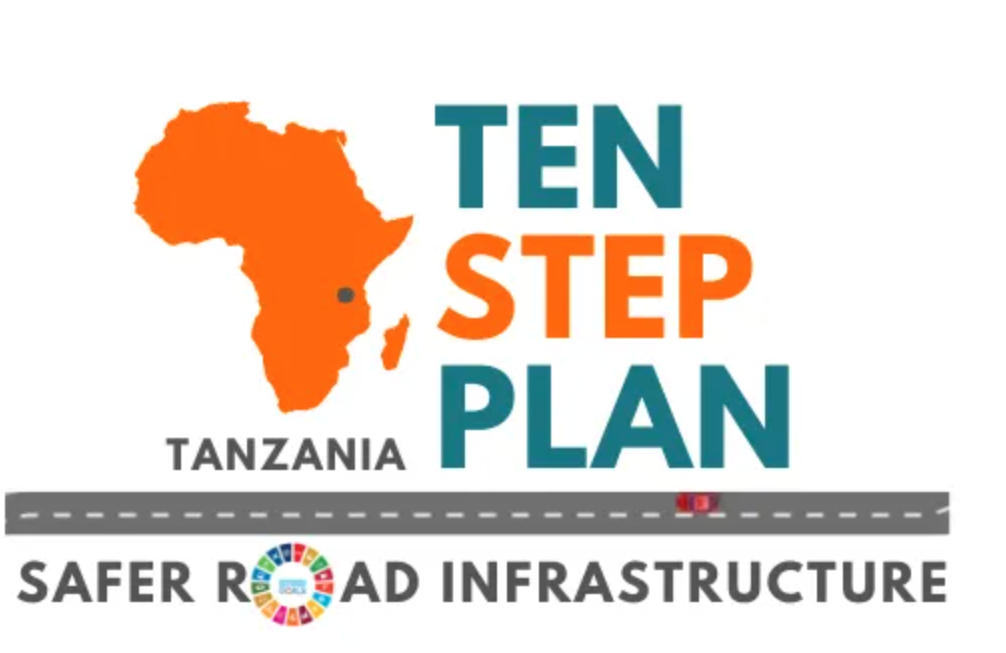
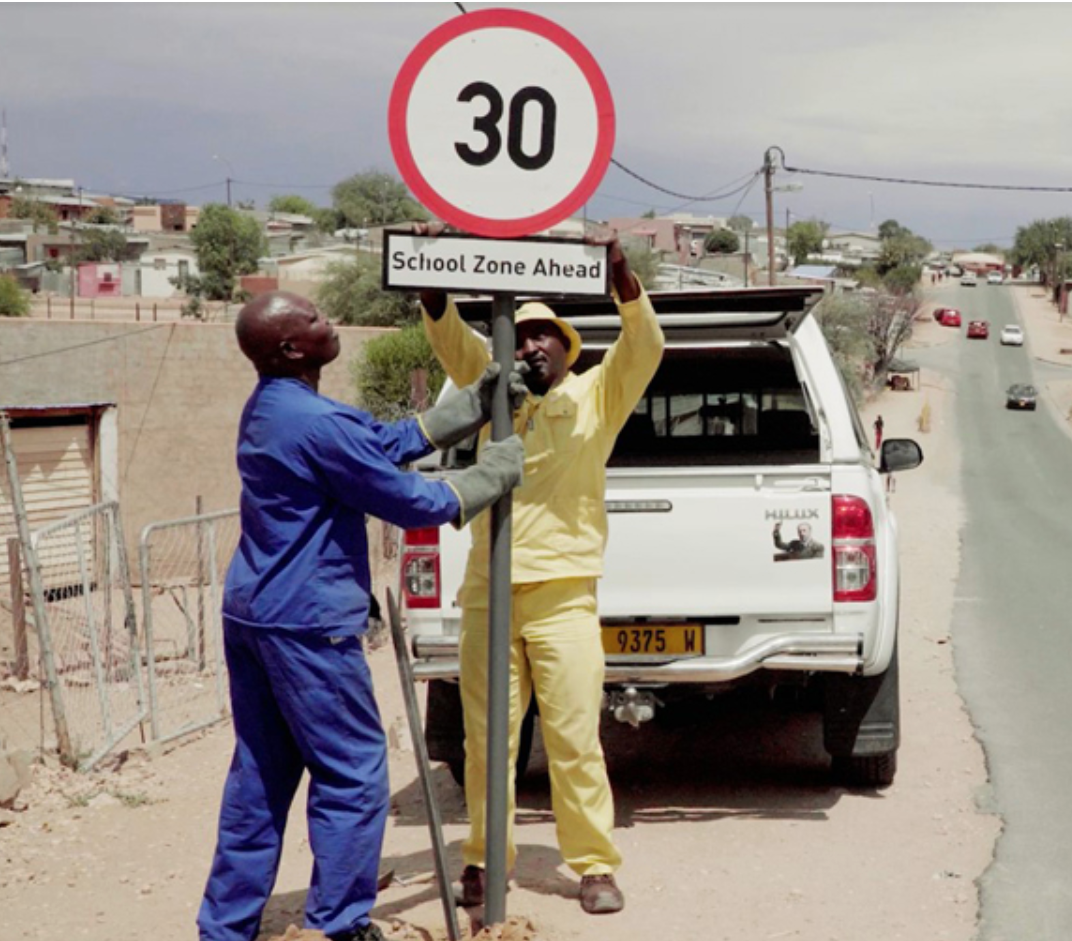
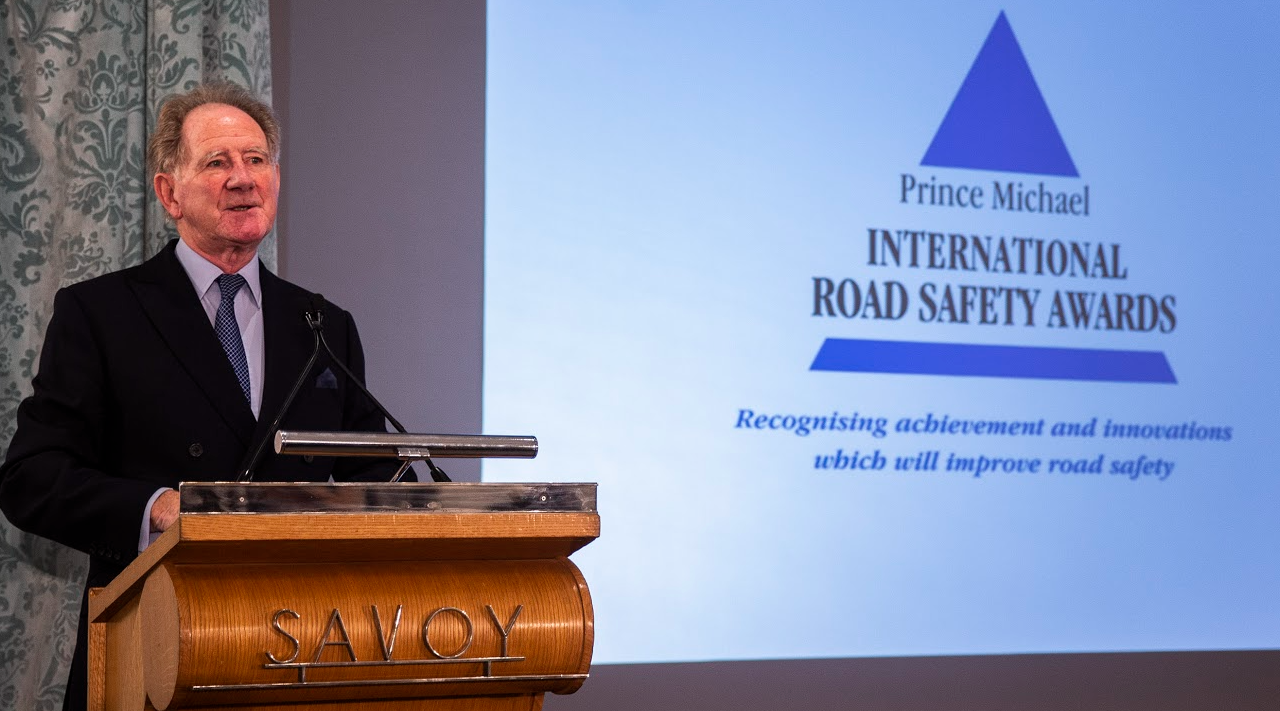
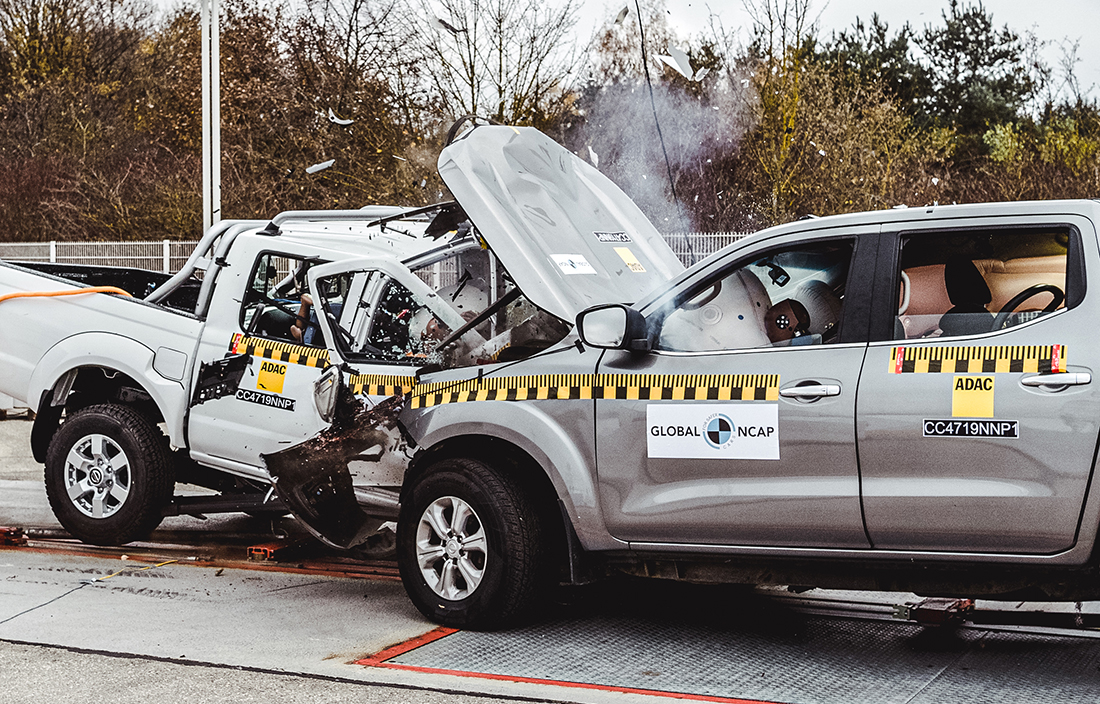


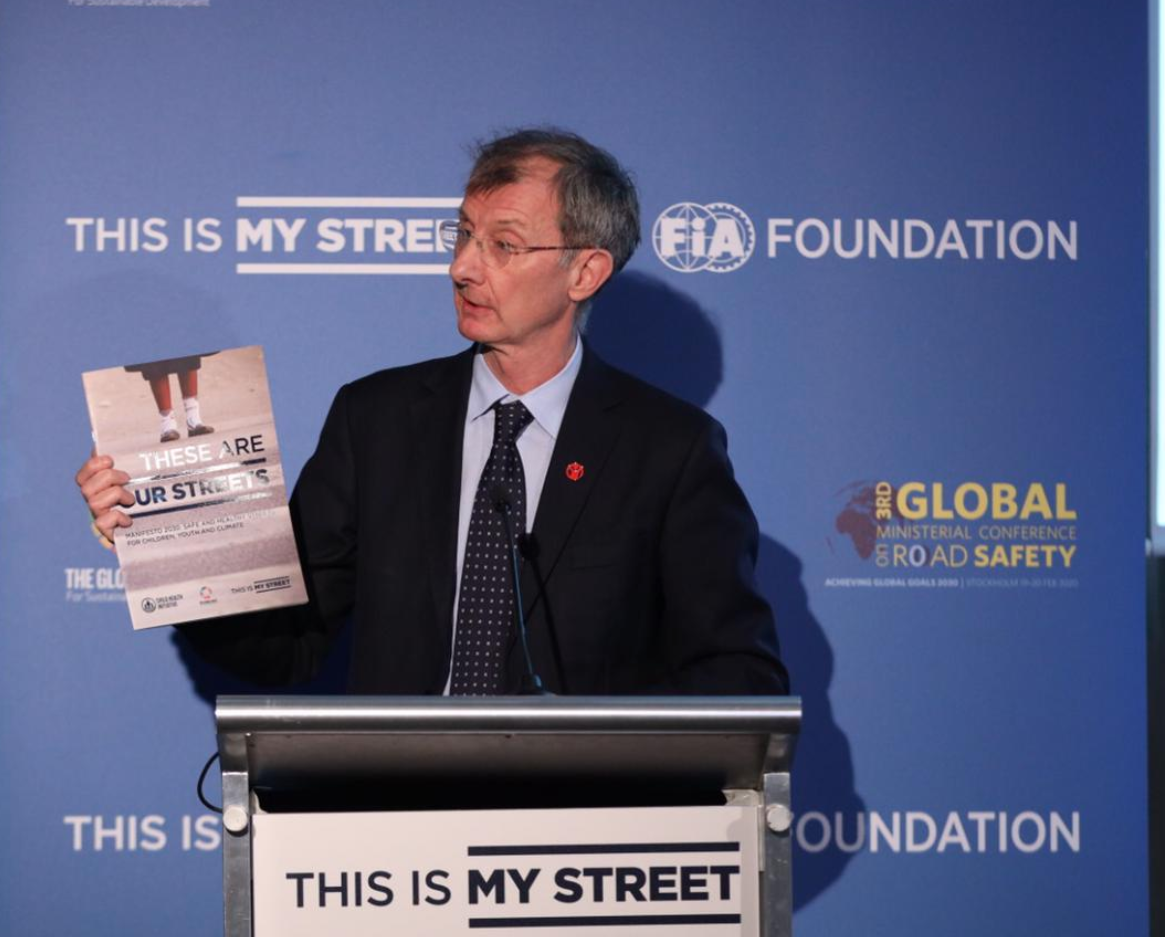



 RSS Feeds
RSS Feeds